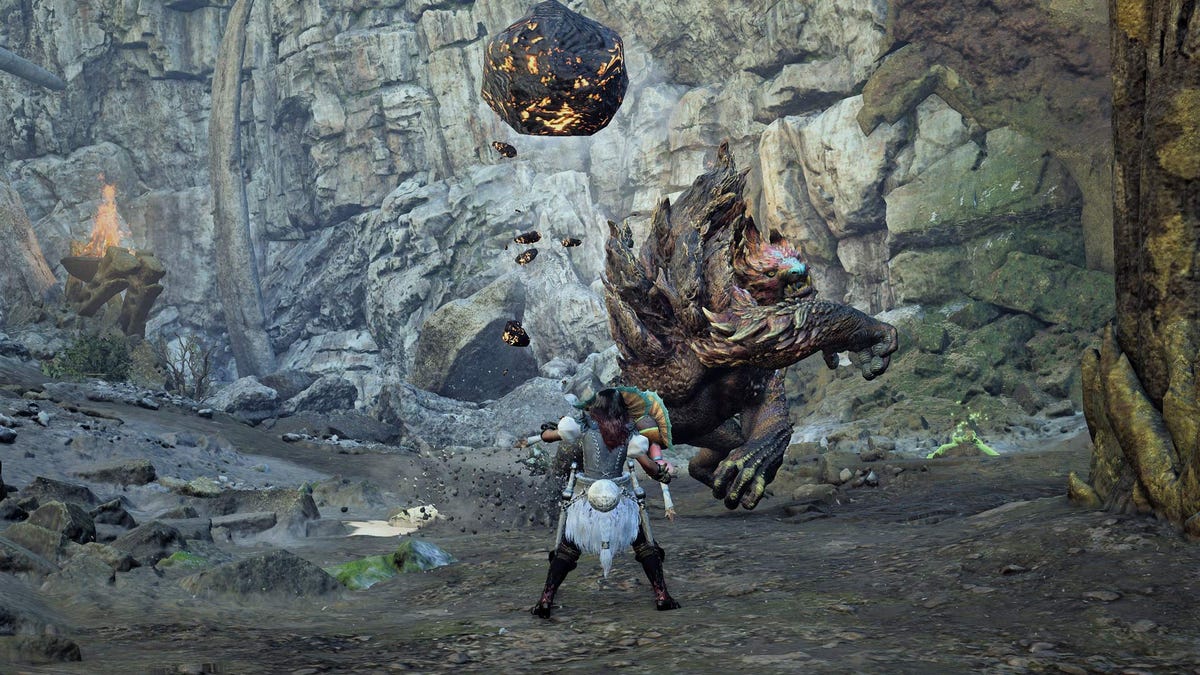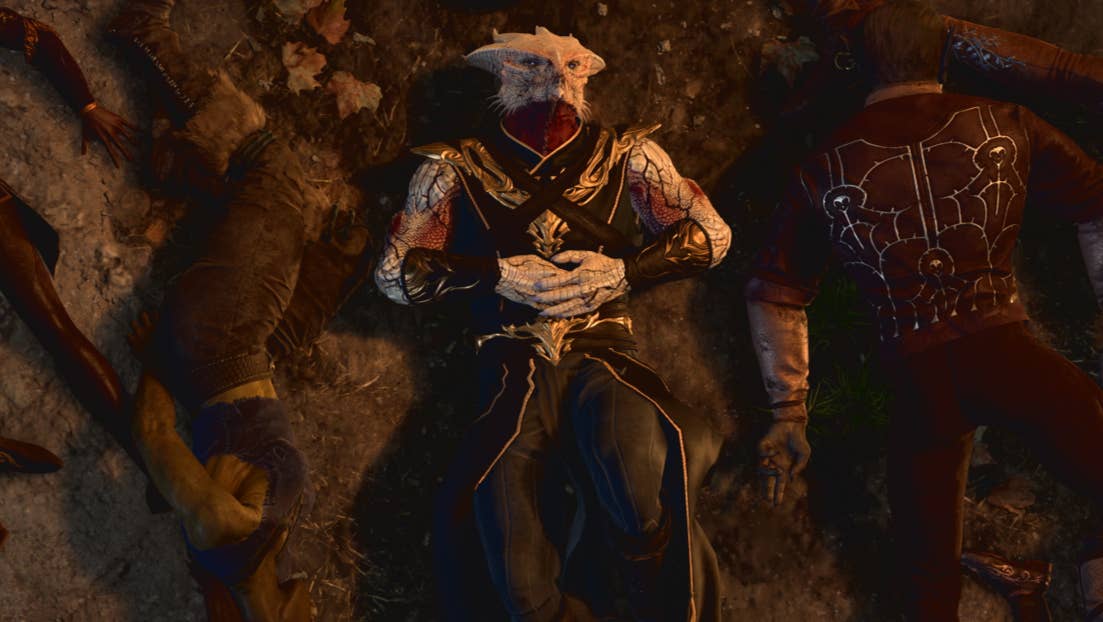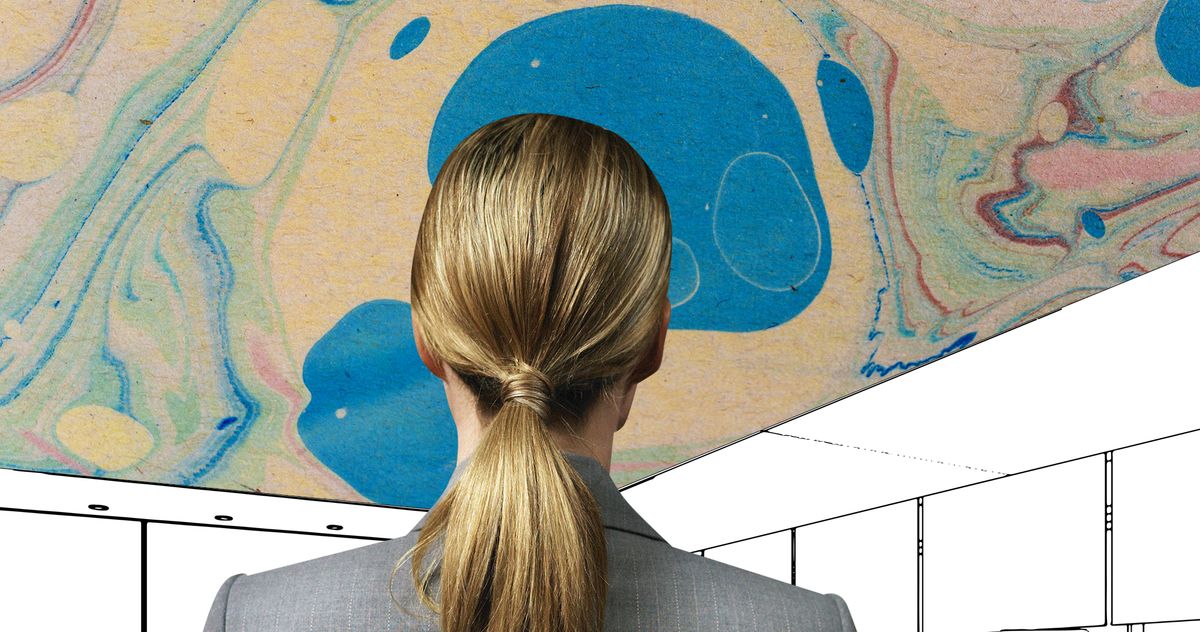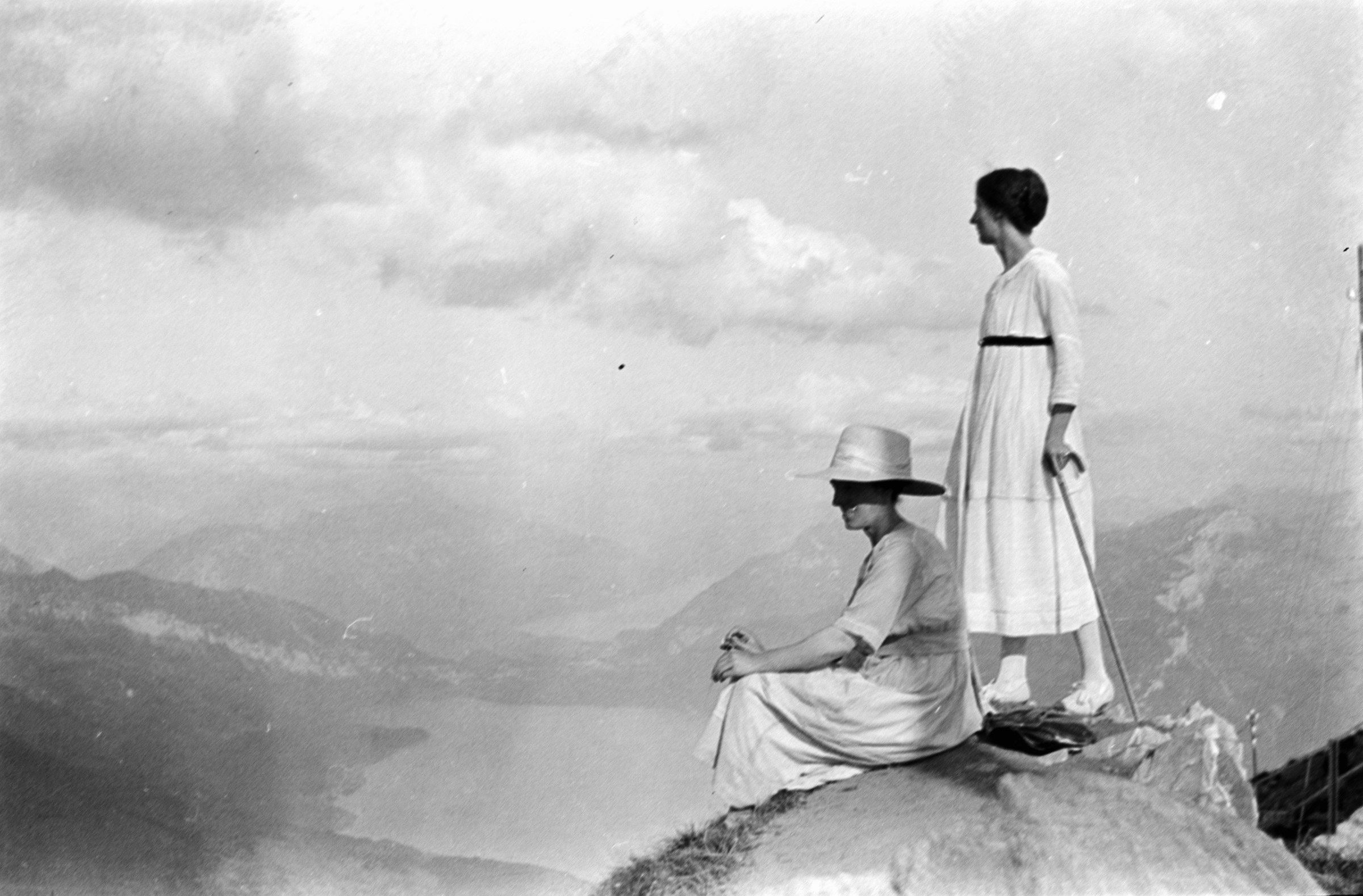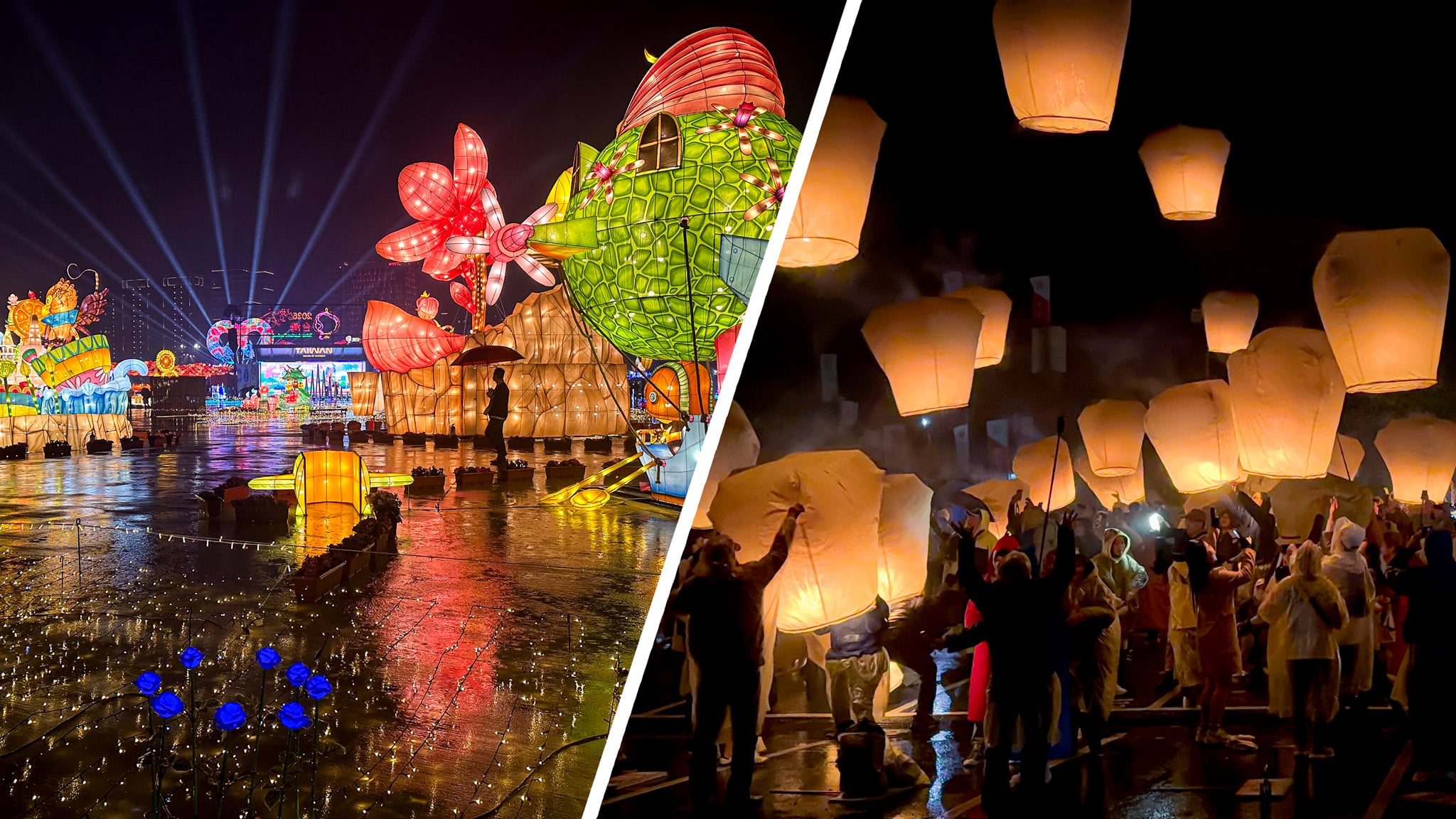Church of the Holy Cross in Nin, Croatia
In contrast to the grandiose cathedrals in other parts of Europe, this “cathedral”—it lost that title in 1828—in the coastal island village of Nin measures just 7.8 meters long, 7.6 meters wide, and 8.2 meters high in its bare interior. Visitors will likely be surprised that, for centuries, such a small rural settlement—which is sleepy outside the tourist season—had a bishop and cathedral at all. But in fact, Nin was once one of the most important cities in the medieval Kingdom of Croatia. It was the first Croatian royal town, which meant it was one of several seats of the usually itinerant king. As such, the cathedral was built in the 9th century as a chapel for the royal palace here. The Bishop of Nin was a once-powerful position in medieval Croatia, despite its tiny seat. Its most famous officeholder, Gregory of Nin, became infamous for his conflicts with the Papacy. That is because he wanted to bring the church closer to the Croatian people by holding religious services in the vernacular instead of Latin. He also advocated the usage of the Greek-derived Glagolitic script, which is the basis for the Cyrillic alphabet. (True to Croatia’s Greek influence at the time, numerous Glagolitic inscriptions can be found around Nin and the cathedral is laid out in a Greek cross with an elliptical center.) Ultimately, Gregory lost his battle, and the Diocese of Nin was abolished. Although it would later be re-established, the bishop would never hold the same level of power again. Nin continued to be an important city with its own municipal government, including under Hungarian and Venetian rule. The town’s demise came in 1646, when Venice razed it to prevent the Ottomans from taking it. Nin would never recover, although today it is a popular Mediterranean tourist destination. The former cathedral is the only remaining church there from its medieval heyday. Its unbalanced elliptical dome may have been follow the position of the sun as a form of calendar and sundial. Surrounding the church are the remains of ancient houses on which it was built and graves dating back to the Middle Ages.

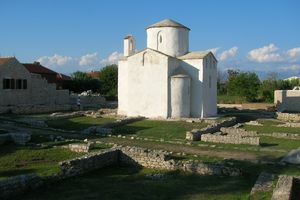
In contrast to the grandiose cathedrals in other parts of Europe, this “cathedral”—it lost that title in 1828—in the coastal island village of Nin measures just 7.8 meters long, 7.6 meters wide, and 8.2 meters high in its bare interior. Visitors will likely be surprised that, for centuries, such a small rural settlement—which is sleepy outside the tourist season—had a bishop and cathedral at all. But in fact, Nin was once one of the most important cities in the medieval Kingdom of Croatia. It was the first Croatian royal town, which meant it was one of several seats of the usually itinerant king. As such, the cathedral was built in the 9th century as a chapel for the royal palace here.
The Bishop of Nin was a once-powerful position in medieval Croatia, despite its tiny seat. Its most famous officeholder, Gregory of Nin, became infamous for his conflicts with the Papacy. That is because he wanted to bring the church closer to the Croatian people by holding religious services in the vernacular instead of Latin. He also advocated the usage of the Greek-derived Glagolitic script, which is the basis for the Cyrillic alphabet. (True to Croatia’s Greek influence at the time, numerous Glagolitic inscriptions can be found around Nin and the cathedral is laid out in a Greek cross with an elliptical center.) Ultimately, Gregory lost his battle, and the Diocese of Nin was abolished. Although it would later be re-established, the bishop would never hold the same level of power again.
Nin continued to be an important city with its own municipal government, including under Hungarian and Venetian rule. The town’s demise came in 1646, when Venice razed it to prevent the Ottomans from taking it. Nin would never recover, although today it is a popular Mediterranean tourist destination. The former cathedral is the only remaining church there from its medieval heyday. Its unbalanced elliptical dome may have been follow the position of the sun as a form of calendar and sundial. Surrounding the church are the remains of ancient houses on which it was built and graves dating back to the Middle Ages.






















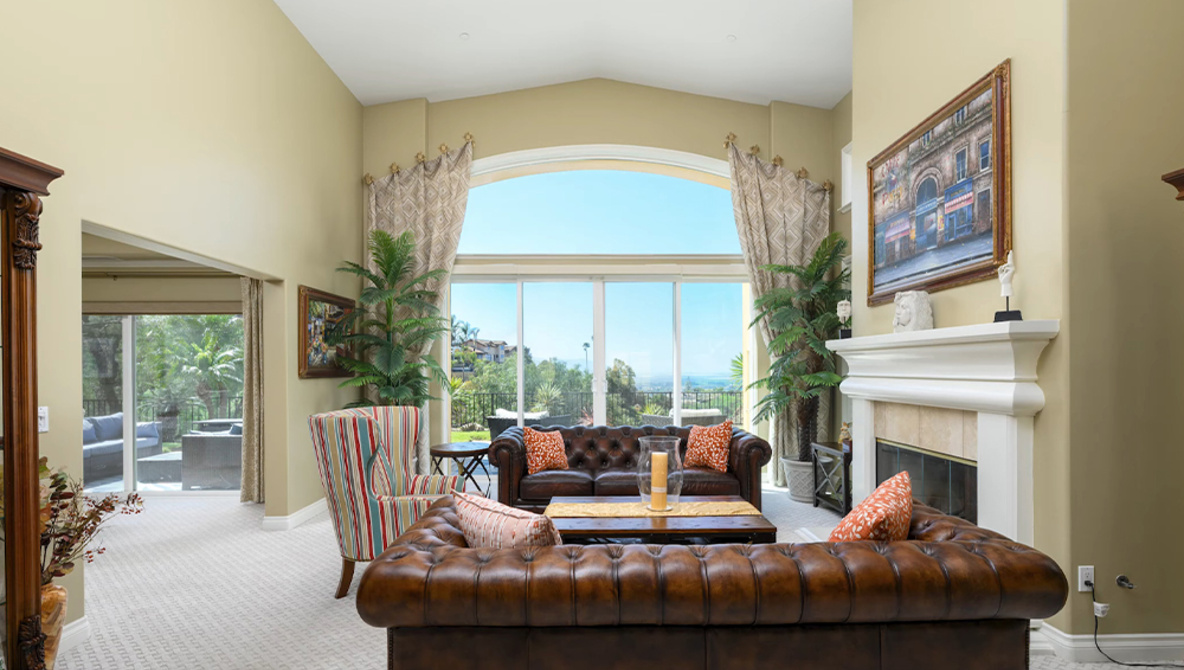











































-Baldur’s-Gate-3-The-Final-Patch---An-Animated-Short-00-03-43.png?width=1920&height=1920&fit=bounds&quality=70&format=jpg&auto=webp#)













